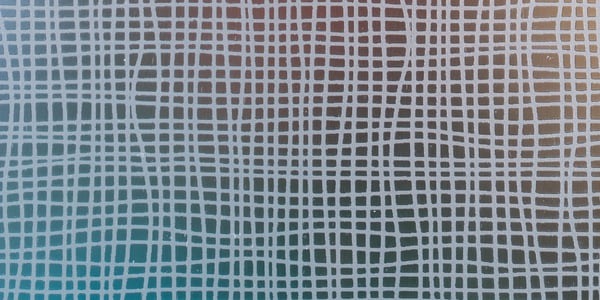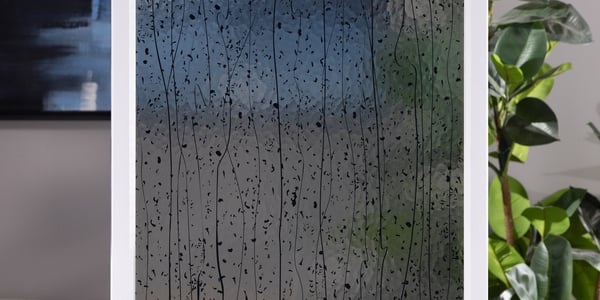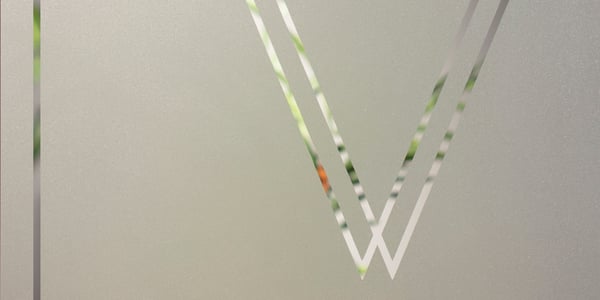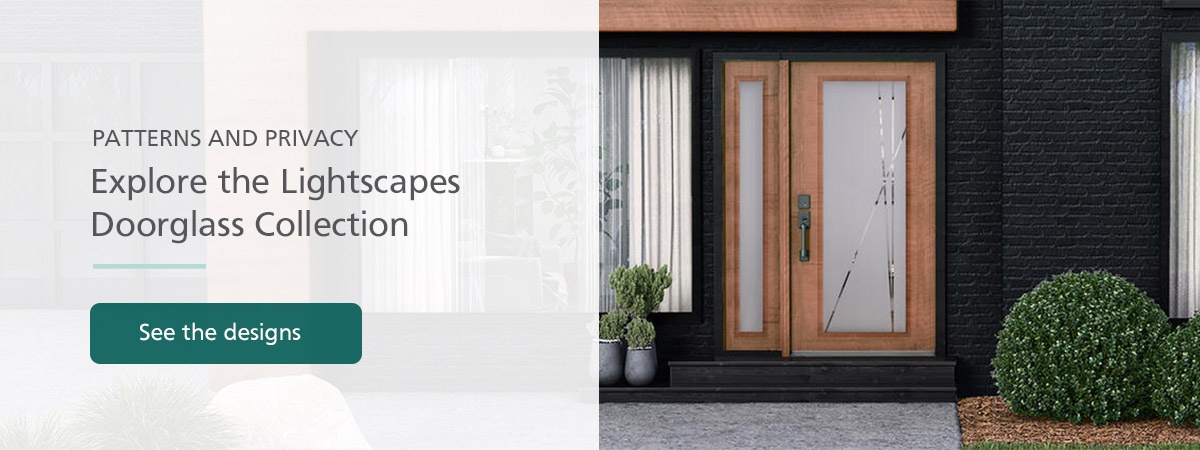The front entryway of your home is many things: a design statement, an introduction to the architectural style of your house, and a welcome sign to visitors. It stands to reason then that the style of glass you have in your front door plays a major role in the overall aesthetic of your entrance. Decorative doorglass comes in many different patterns, textures, colors, and prices.
In this article we’ll go through some of the different terms used in glass treatment and help you learn more about the distinct looks different treatments have. We’ll also help you understand why there are different prices associated with similar patterns and how some treatments are better suited for different designs.
What is Glass Treatment?
Glass treatment is the process through which glass is treated after it is made to create patterns, layers, colors, designs, or textures. There are many different types of ways in which glass can be treated in order to apply the desired effect, and each method has its benefits and detriments.
Patterned privacy glass will always need to go through a treatment process in order to apply different layers of opacity and patterns that still allow light to pass through but obscure the vision of passerby and visitors you don’t want peeking into your home. Patterned designs from ODL are created through four main processes.
Sandblasted Glass

Sandblasted glass treatment is done with the use of a machine that uses hot air to blast sand onto the surface of a piece of glass. The high pressure and friction from the sand particles creates patterns and designs on the glass surface and etches in details. The machines used in sandblasted glass treatments are able to create patterns with precision and complex designs, although it can’t be used to add any color to the glass.
While sandblasted glass treatments do have a high level of control, the glass itself can smudge easily, which means the patterned surface must be sealed inside an insulated glass unit (IGU) and seal failures, if they should occur, will be very noticeable. Sandblasted glass also tends to be a more expensive option for treatment, meaning that it isn’t used as frequently as some of the other methods of glass treatment.
Acid-Etched Glass

Acid-etched glass is treated through a chemical process that uses hydrofluoric acid to add designs and patterns to the glass. First, a screen or film is placed over the glass is the desired pattern, then the entire piece of glass is submerged in a tank of hydrofluoric acid where the acid affects the glass without the film. The piece of glass is then cleaned and is ready to ship.
Acid-etched glass treatments are used to create smooth finishes that can come in different levels of translucency and opacity, leaving plenty of room for design and style. The glass often looks satin and soft and can be used in a wide variety of doorglass configurations and doors.
However, acid is a difficult material to work with as it requires great care to avoid harming workers or the environment. Extra measures need to be put in place to protect people during the handling and disposing of the acid, making it more expensive than some of the other glass treatment options. It also will show smudges the same way that sandblasted glass will, and there aren’t any color options that can be added into the glass designs.
Ceramic Frit Glass

Just like ceramics in pottery, ceramic frit glass treatments bake patterns onto the glass using extreme temperatures. Ceramic fuses are placed over the glass then put into a hot oven-like machine that fuses the pattern into the piece of glass. This creates an incredibly strong bond that doesn’t chip or fade away over time.
The baking process that fuses the design to the glass creates a durable finished product that doesn't show the wear and smudges that both sandblasted and acid-etched glass will. Ceramic frit glass also can add colored designs to the glass so it really stands out in your door. However, out of all the glass treatment options it is the most expensive process so it isn’t used as frequently as some of the other types of glass treatments.
Silkscreened Glass

The final and most frequently used glass treatment is silkscreened glass. If you’ve ever watched how a t-shirt design is made by pulling different colors of ink over a blank shirt, then you have a good idea of how silkscreened glass works.
Just like with the t-shirt, silkscreened glass treatments use a screen printing process to create layers of pattern and color. Ink is applied to the glass in the desired pattern and can be used in different layers to create additional details to the designs in the glass, as well as different levels of opacity. It makes clean, straight lines that stay crisp and look sharp.
As the least expensive option, silkscreened glass is the most popular choice in many patterned glass designs. However, the ink on the glass tends to contain small amounts of moisture, which can break down and cause fogging in the glass if it wasn’t applied properly. Having a great provider and installer can help you avoid any of those issues.
Finding the Perfect Decorative Glass at ODL
The variety of glass treatment options available through ODL gives you a wide catalog through which to pick the perfect decorative doorglass option for your front entryway. Whether you want a fully frosted door or a detailed and complex pattern with color and texture, there is an option out there for you.
Our new Lightscapes Doorglass collection celebrates all of the possibilities for design and privacy that these glass treatments can bring to an entryway. Take a look at each of the patterns, from simple semi-opaque glass to sophisticated lines, and see how much a piece of patterned doorglass can enhance your entryway.
